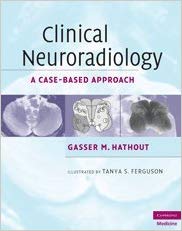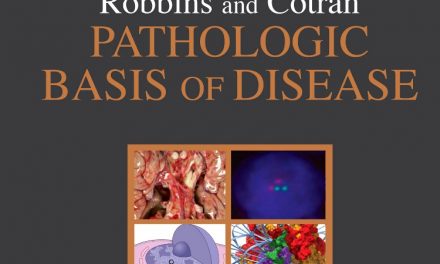 Author: Gasser M. Hathout, MD
Author: Gasser M. Hathout, MD
Illustrator: Tanya Ferguson
Publisher: Cambridge University Press – 272 pages
Book Review by: Nano Khilnani
The quality of the images provided – in color and black-and-white – in this book published in 2009 are clear, greatly enhancing learning the neuroanatomical details of the patient. Being able to vividly view the condition of the components of a patient’s neuropathology is critical for the neurologist and / or neurosurgeon to make the correct decision on the course of action to take.
Is surgery required, or will medication over a period of time be effective in improving the condition of the patient? If medication will help, based on the previous experience of the attending neurosurgeon or neurologist, what type of medicine is needed, at what dosage, and at what frequency, and how soon should the next brain scan be done, as a follow-up?
The author Dr. Gasser M. Hathout points out in the Preface:
In the past two decades, the increasing spatial and contrast resolution of modern imaging techniques has vastly expanded the scope of what we can see, and hence, of what we must know. The past dozen years of teaching radiology residents, neurology residents, and neuroradiology fellows has convinced me that this is particularly true in neuroimaging, and applies both to th4e depth and scope of our requisite knowledge base.
The ability of MRI to show precise neuroanatomical details has made the practices of neurology and neuroradiology more intertwined than ever before. This in turn, makes it necessary for neuroradiologists to learn more neurology and for neurologists to learn more neuroradiology than practitioners of a generation ago.
The contents of this well-illustrated book are organized in a concise and elegant format, with the focus of the first seven chapters on a particular region of the brain, and the eighth one having images and discussion on strokes. The titles of the eight chapters in this book are:
- The Cerebellum
- The Medulla
- The Pons
- The Midbrain
- The Basal Ganglia
- The Diencephalon
- The Cerebral Cortex
- Stroke – Imaging and Therapy
Let’s take a look at how the contents on the 43 pages (224-266) of chapter 8 – Stroke – Imaging and Therapy – are outlined, organized and laid out.
- Introduction
- Basics of stroke imaging
- Stroke therapy
- Intravenous thrombolysis: the basics
- Intra-arterial thrombolysis
- Extending the thrombolysis time window: diffusion-perfusion MRI and the ischemic penumbra model
- Refining the PWI-DWI mismatch model: DWI reversibility and infarct threshold analysis
- References
Along with discussions of the above eight topics, a large number of images – mainly computer tomography (CT) and magnetic resonance imaging (MRI) scans, but also charts – are provided in this chapter, including captions to explain what it shown in the images.
This is an excellent book on clinical neuroradiology that spells out the importance of neuroradiologists to learn more neurology and for neurologists to learn more neuroradiology. I must add that it is also very important for manufacturers to develop ever more capable devices for these healthcare professionals to better help patients afflicted with neurological diseases and disorders.
Author:
Gasser M. Hathout, MD is Professor in the Division of Neuroradiology in the Department of Radiology at David Geller School of Medicine at the University of California in Los Angeles (UCLA) in California. He is a Staff Neuroradiologist at GLA VA, California, and Chief of Neuroradiology and Director of MRI at Olive View-UCLA Medical Center in California.






